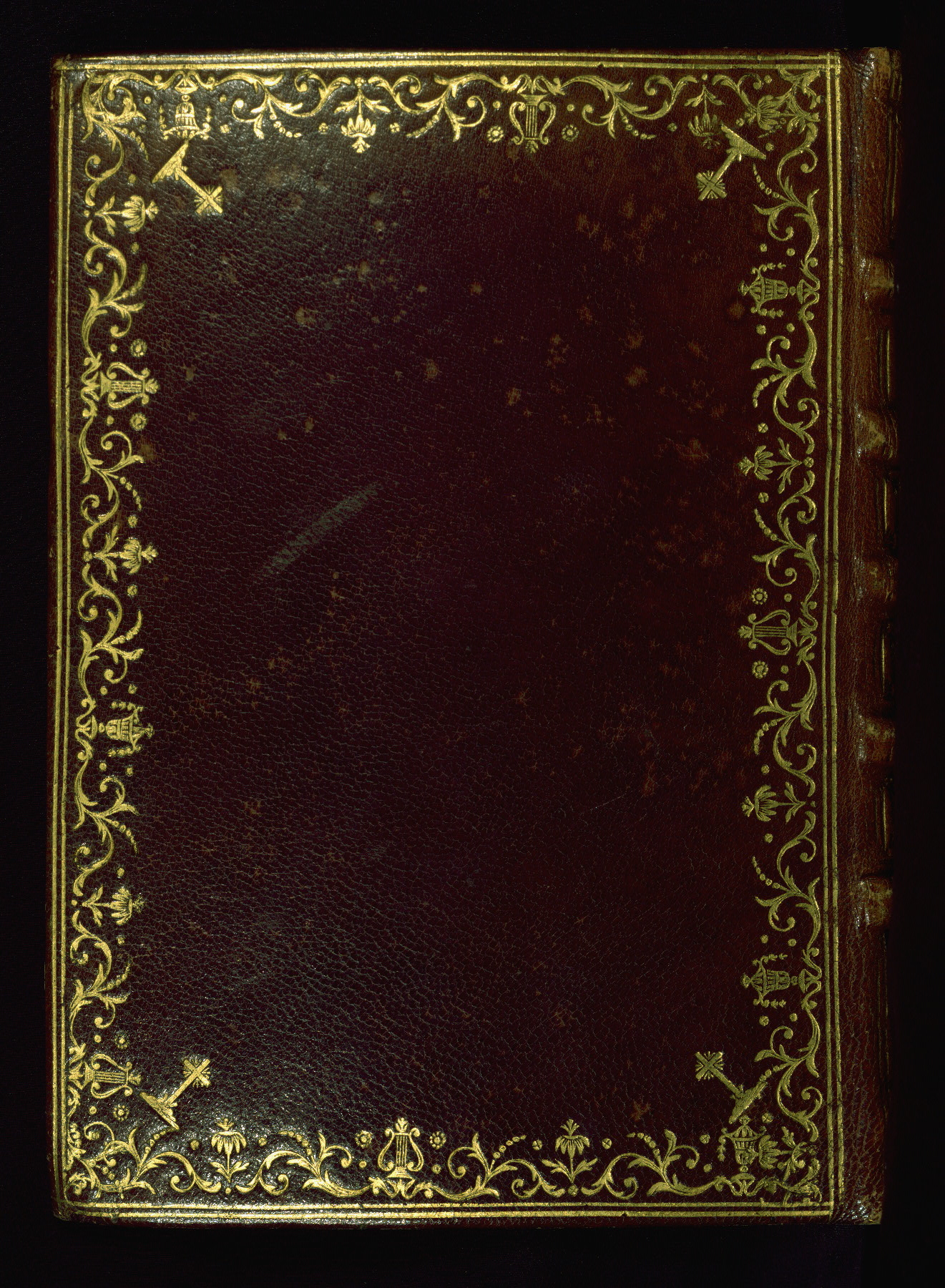Rule of the Knights Templar
(Manuscripts and Rare Books, Medieval Europe )
This early copy of the Rule of the Knights Templar was created in the last quarter of the thirteenth century in the Arras-Douai region of French Flanders. Its original owner may have been a member of the Order of Dourges, and may have had a familial connection to "Gery dit de Bay," cited in a charter dated 1266 and inserted in the back of the manuscript. The addition of the charter, as well as later notations on the history of the manuscript and of the Templars themselves, make this a rich document.
Provenance
Provenance (from the French provenir, 'to come from/forth') is the chronology of the ownership, custody, or location of a historical object. Learn more about provenance at the Walters.
Jean-Baptiste-Joseph Barrois, Lille, before 1831 [1]; Barrois Sale, Lille, 1849; purchased by Earl of Ashburnham, England, 1849; Ashburnham Sale, Sotheby's, London, June 10 1901, lot 56; purchased by Julius D. Ichenhauser, New York, 1901; purchased by Henry Walters, Baltimore, early 20th century; by bequest to Walters Art Museum, 1931.
[1] inserted note dated June 6 1831 and Barrois number 234
Geographies
Flanders
(Place of Origin)
France (Place of Binding)
Measurements
Folio H: 6 3/8 × W: 4 9/16 in. (16.2 × 11.6 cm)
Credit Line
Acquired by Henry Walters
Location in Museum
Not on view
Accession Number
In libraries, galleries, museums, and archives, an accession number is a unique identifier assigned to each object in the collection.
In libraries, galleries, museums, and archives, an accession number is a unique identifier assigned to each object in the collection.
W.132








